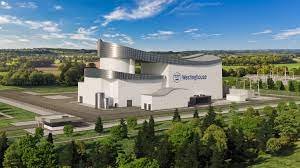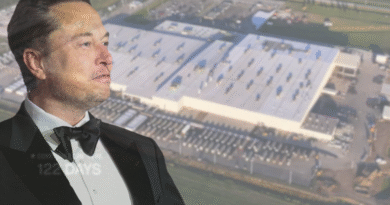Westinghouse Nuclear to Build 10 New Reactors Across the U.S. by 2030
Westinghouse Electric Company recently shared its plans to build 10 large nuclear reactors across the United States, with construction expected to begin before 2030. This announcement was made during a conference on energy and artificial intelligence at Carnegie Mellon University, where company leaders, including interim CEO Dan Sumner, presented the details directly to former President Donald Trump.
This ambitious project involves Westinghouse’s AP1000 reactors, each capable of powering around 750,000 homes. Building ten of these reactors could deliver a significant economic boost, with a projected $75 billion of value added nationwide and $6 billion specifically in Pennsylvania. The conference, which gathered energy, technology, and financial leaders, also saw more than $90 billion pledged for other power infrastructure and data center investments.
AP1000 Reactor Technology
Central to Westinghouse’s plan is its AP1000 reactor, a modern nuclear technology designed for both safety and efficiency. These reactors use passive safety systems that operate without human intervention, reducing the risk of accidents during emergencies. With each AP1000 generating substantial power output, they can help meet growing energy demands while supporting efforts to cut carbon emissions.
Westinghouse also aims to make the reactor construction process faster and more predictable. Partnering with Google, the company plans to apply artificial intelligence tools to monitor construction stages, manage supply chains, and detect problems early. This could help avoid delays and budget overruns that have hurt past nuclear projects.
Government Support for Nuclear Energy Growth
The project is part of a larger push to expand nuclear energy in the U.S. Recent executive orders issued by former President Trump support nuclear development, aiming to quadruple nuclear power generation by 2050. One of the key directives calls for 10 reactors to be under construction by 2030, closely aligning with Westinghouse’s current plans.
Simplifying regulations is another part of the government’s strategy. A major review of Nuclear Regulatory Commission rules has been ordered, to reduce bureaucratic hurdles that can slow reactor approvals. Federal backing may help companies like Westinghouse move faster and with greater confidence.
Challenges from Past Nuclear Projects
Despite the promising outlook, Westinghouse’s history in nuclear construction has been difficult. The company built two AP1000 reactors at the Vogtle plant in Georgia, a project that faced severe budget overruns and delays. Initially projected at a lower cost, the Vogtle reactors ended up costing $18 billion more than planned and were completed seven years late. These problems contributed to Westinghouse’s bankruptcy in 2017.
After emerging from bankruptcy in 2018, the company was acquired by Cameco and Brookfield Asset Management. These new owners provided the financial stability Westinghouse needed to pursue large projects again. Learning from its past mistakes, the company now focuses on using AI and standard processes to avoid similar problems.
Economic and Environmental Benefits
Westinghouse’s plan promises economic growth and environmental advantages. The $75 billion economic impact includes new jobs in engineering, construction, and operations. Pennsylvania, where Westinghouse is based, stands to gain significantly from local job creation and supply chain contracts.
Nuclear power, which produces no greenhouse gas emissions during operation, supports national efforts to reduce dependence on fossil fuels. Unlike solar or wind power, nuclear reactors provide constant electricity, making them a reliable energy source.
Conclusion
Westinghouse’s plan to build 10 new nuclear reactors marks a major step in expanding U.S. energy capacity. With modern AP1000 reactors, AI-enhanced construction methods, and strong government backing, the company aims to deliver safe, reliable power while supporting economic growth. However, past challenges serve as a reminder that careful planning and execution are critical for the project’s success.



